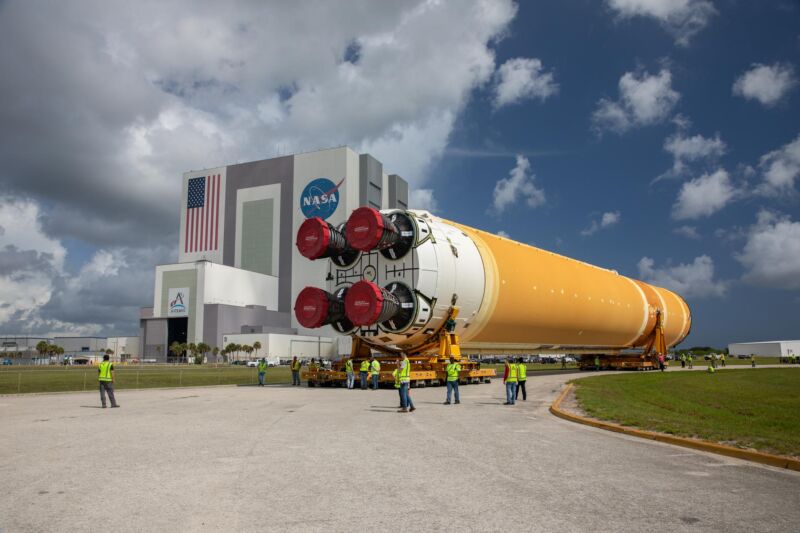
NASA/Ben Smegelsky
Welcome to Issue 7.04 of the Rocket Report! Perhaps the most notable news this week came from ABL, which said in a terse statement on social media that it had lost its second RS1 rocket during pre-flight testing. It’s a shame, considering the company had been so careful and meticulous in working on this second launch attempt. It’s a reminder of just how demanding this industry continues to be.
As always, we welcome reader submissions, and if you don’t want to miss an issue, subscribe using the box below (the form will not appear on AMP versions of the site). Each report includes information on small, medium, and heavy rockets, as well as a quick look ahead to the next three launches on the calendar.

ABL loses rocket after static fire test. ABL Space Systems said Monday that its next rocket suffered “irreparable” damage during preparations for launch. “Following a pre-flight static fire test on Friday, a remnant pad fire caused irreparable damage to RS1,” the company said on the social media site X. “The team is investigating the cause and will provide updates as the investigation progresses.” At the time of this report three days later, the company had not posted any additional information.
Not exactly promising … It's a serious setback for the launch company, which attempted the first flight of its RS1 vehicle 18 months ago and has long been preparing for this second attempt. The California-based company has kept a low profile and had not posted on social media since May. The RS1 vehicle is advertised as having a lifting capacity of 1.35 metric tons and a price tag of $12 million. During ABL's first launch attempt in January 2023, an anomaly in the rocket caused all nine engines on the RS1's first stage to fail. (Submitted by Ken the Bin)
Point-to-point operation tests engine. A space startup with visions of rapid point-to-point travel has begun testing the engine that will power its craft, Space News reports. Frontier Aerospace tested its Mjolnir engine on July 18, its president, Alex Tai, said during a panel discussion at the Farnborough International Airshow. Mjolnir is a full-flow staged combustion engine. The firing lasted less than a second but demonstrated the start of the turbopumps and successful ignition.
Start with a smaller version …The company plans to conduct extended engine burns as part of the testing program. The version of Mjölnir currently being tested produces less than 3,000 pounds-force of thrust. New Frontier plans to use a much more powerful version of the engine on a vehicle called the Intercontinental Rocketliner, a suborbital vehicle intended to carry 100 people on high-speed flights around the planet at hypersonic speeds. (Submitted by Ken the Bin and EllPeaTea)
Ursa Major invests in Ohio. Ursa Major will purchase several industrial 3D printers and hire 15 new workers for a research and development center in Youngstown, Ohio, focused on additive manufacturing, Payload reports. The Colorado-based rocket engine maker will contribute $10.5 million in capital investment, in addition to a $4 million grant from JobsOhio, a private-sector-funded economic development nonprofit. The expansion of a small existing facility will allow the company to accelerate development of solid rocket motors, a top priority for the Department of Defense.
The war needs what it needs … In April, Ursa won a contract of undisclosed value from the Navy to develop a lower-cost method of manufacturing the standardized solid rocket motors used in a series of missiles. U.S. supply chains for those motors, primarily supplied by Northrop Grumman and L3Harris, have been stressed by U.S. support for Ukraine’s defense against Russian invaders. In November, Ursa raised $138 million to fund its move into solid rocket motor production, reportedly valuing the company at $750 million.

